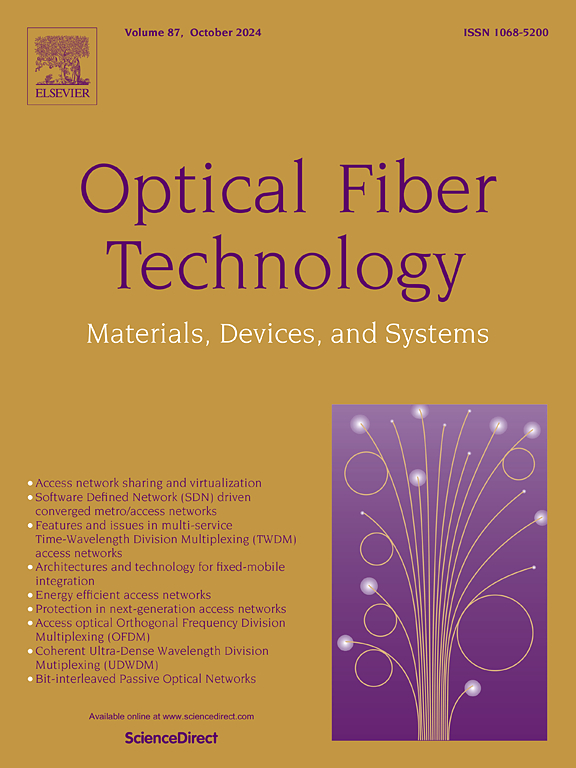利用人工智能实现相干光束组合
IF 2.6
3区 计算机科学
Q2 ENGINEERING, ELECTRICAL & ELECTRONIC
引用次数: 0
摘要
相干光束组合(CBC)是超越单光纤激光器物理功率极限的有效方案,可实现更高的功率和更优越的光束质量,其中相位控制是关键因素。有源相位控制通过直接或间接检测子光束之间的相位差来补偿相位噪声引起的相干性衰减。由于控制带宽较低,传统的相位控制算法在大规模 CBC 系统中面临挑战。随着人工智能(AI)技术的快速发展,将先进的智能算法集成到主动相位控制系统中有望提高 CBC 系统的性能。本文首先简要介绍了传统相位控制算法的原理,如随机并行梯度下降算法(SPGD)和通过单探测器电子频率标记锁定光学相干性算法(LOCSET),阐明了为什么人工智能可以帮助主动相位控制系统。随后,我们回顾了基于深度学习和强化学习的相位控制的最新进展,最后进行了总结和未来展望。随着相位控制技术的发展,人工智能与传统算法的融合将在大规模 CBC 系统中实现高带宽和精确相位控制方面发挥关键作用。本文章由计算机程序翻译,如有差异,请以英文原文为准。
Harnessing artificial intelligence for coherent beam combination
Coherent beam combining (CBC) is an effective scheme to surpass the physical power limits of single fiber lasers, achieving higher power and superior beam quality, with phase control being the critical factor. Active phase control compensates for phase noise-induced coherence degradation by directly or indirectly detecting phase differences among sub-beams. Traditional phase control algorithms face challenges in large-scale CBC systems due to low control bandwidth. With the rapid development of artificial intelligence (AI) technologies, integrating advanced intelligent algorithms into active phase control systems holds promise for enhancing the performance of CBC systems. This paper begins with a brief introduction to the principles of traditional phase control algorithms, such as Stochastic Parallel Gradient Descent (SPGD) and locking of optical coherence by single-detector electronic-frequency tagging (LOCSET), elucidating why AI can assist in active phase control systems. Subsequently, we review recent advancements in phase control based on deep learning and reinforcement learning, concluding with a summary and future outlook. As phase control technology advances, the integration of AI and traditional algorithms will play a pivotal role in achieving high-bandwidth and accurate phase control in large-scale CBC systems.
求助全文
通过发布文献求助,成功后即可免费获取论文全文。
去求助
来源期刊

Optical Fiber Technology
工程技术-电信学
CiteScore
4.80
自引率
11.10%
发文量
327
审稿时长
63 days
期刊介绍:
Innovations in optical fiber technology are revolutionizing world communications. Newly developed fiber amplifiers allow for direct transmission of high-speed signals over transcontinental distances without the need for electronic regeneration. Optical fibers find new applications in data processing. The impact of fiber materials, devices, and systems on communications in the coming decades will create an abundance of primary literature and the need for up-to-date reviews.
Optical Fiber Technology: Materials, Devices, and Systems is a new cutting-edge journal designed to fill a need in this rapidly evolving field for speedy publication of regular length papers. Both theoretical and experimental papers on fiber materials, devices, and system performance evaluation and measurements are eligible, with emphasis on practical applications.
 求助内容:
求助内容: 应助结果提醒方式:
应助结果提醒方式:


